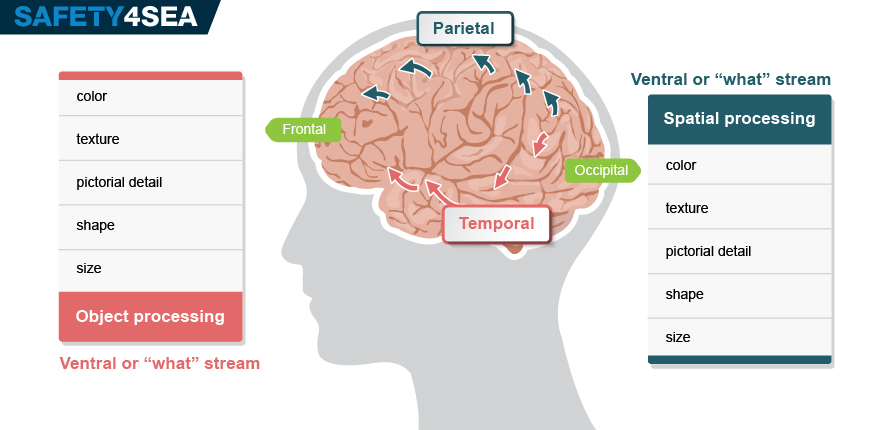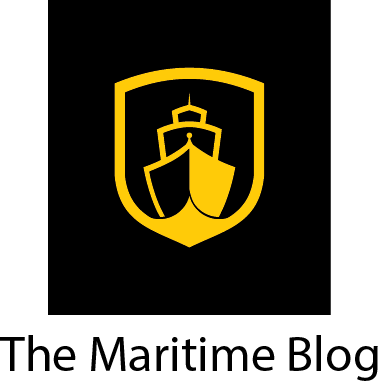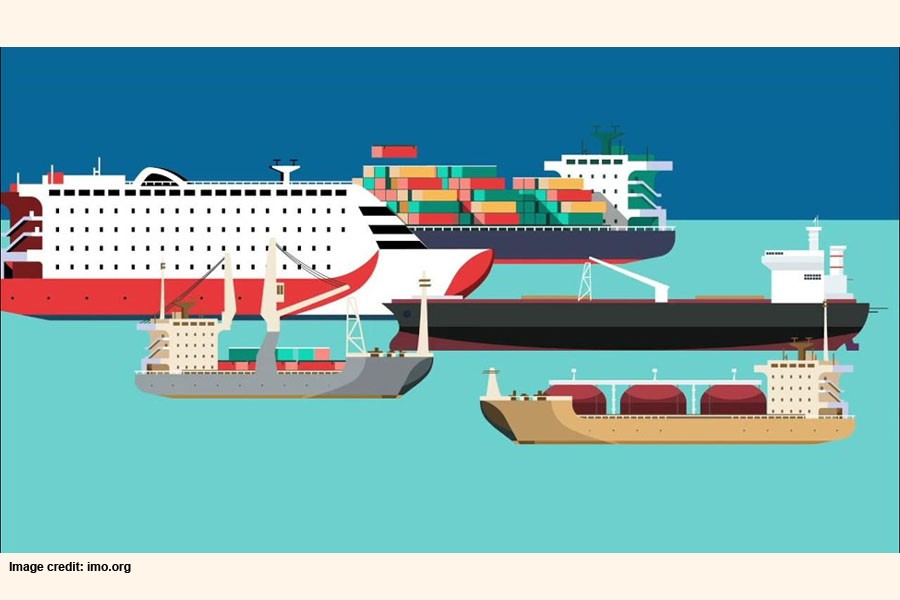search the site
World Maritime Day 2024: Prioritizing safety in a transforming industry Lessons learned: Ensure that life-jackets are checked regularly as fit for purpose
Vision vs perception: How visual perception affects decision making at sea

How we see, how we process multiple information sources, such as alarms and bridge sensors and how perception is affected by other factors such as night conditions, fatigue and movement, can be proven crucial factors for the safe operation of a ship and the safety of seafarers in general.
In a report published in early 2018, CHIRP Maritime explores key issues in the areas of Perception and Decision Making explaining how the eyes work with the brain and highlighting that the matter of vision must be further addressed by the shipping industry.
How we see
Limitations affecting vision
- Lighting
- Attention
- Size and distance
- What and where
- Adaptation
Rod (night) vision is not as effective as cone (daylight) vision!
The “what and where” visual systems
What: on the centre of the eye for object processing (color, shape, size), works best at bright light
Where: on peripheral vision for spatial processing (location, movement), works best at dim light

How to improve vision onboard
- Don’t work alone on safety critical activities. Check with a mate and have one person lead on each element
- Lift your head when scanning the horizon.
- Make sure that you are exposed to at least some daylight during day
- Use multiple clues to judge size, distance and motion
- Use a red light zone before entering the bridge on all ships at night
- Wear red lensed glasses before taking over shift
- Regulate your use of torches and aim for better light discipline by crew
How we make decisions
Key elements in decision making
- Communication
- Culture
- Trust
- Group decisions
- Ask question

How to improve decision making onboard
- Have a culture on board that promotes questioning of decisions
- An explicit layout of the hierarchy on board clarifies where every crew member needs to report
- Have procedures in place and available for easy reference
- Remain calm, trust your expertise and the ships protocols in emergency situations
- Two heads are always better than one and decisions should be made by groups
- Double checking the data with another member of crew
- A balance between use of electronic instrument onboard and seafarers’ experience is required

- Our eyes are fully adapted to the night vision only after 30 minutes in the dark
- The eye takes time to refocus between near and far modes
- Approximately 8% of males have some form of red/green colour blindness
- We can only track a maximum of 4 moving objects
- Even brief exposure to bright screens compromises your night vision
- Stress can lead to risky decision making in emergency situations
- More ‘severe’ and ‘very severe’ maritime incidents occur at night than during the day
- source : safety4sea


















